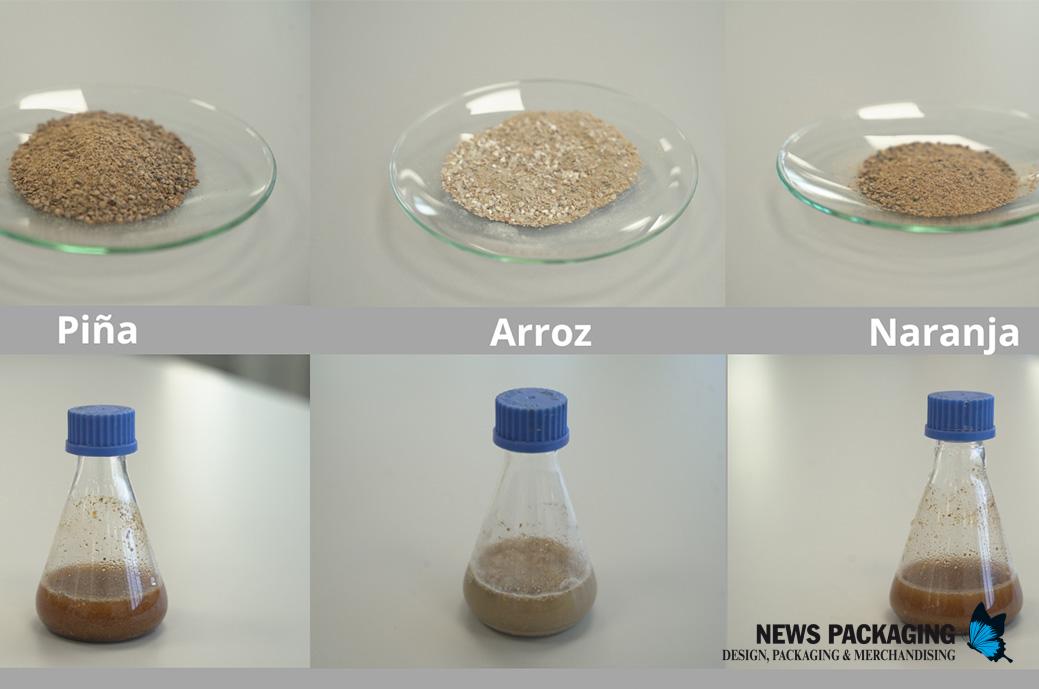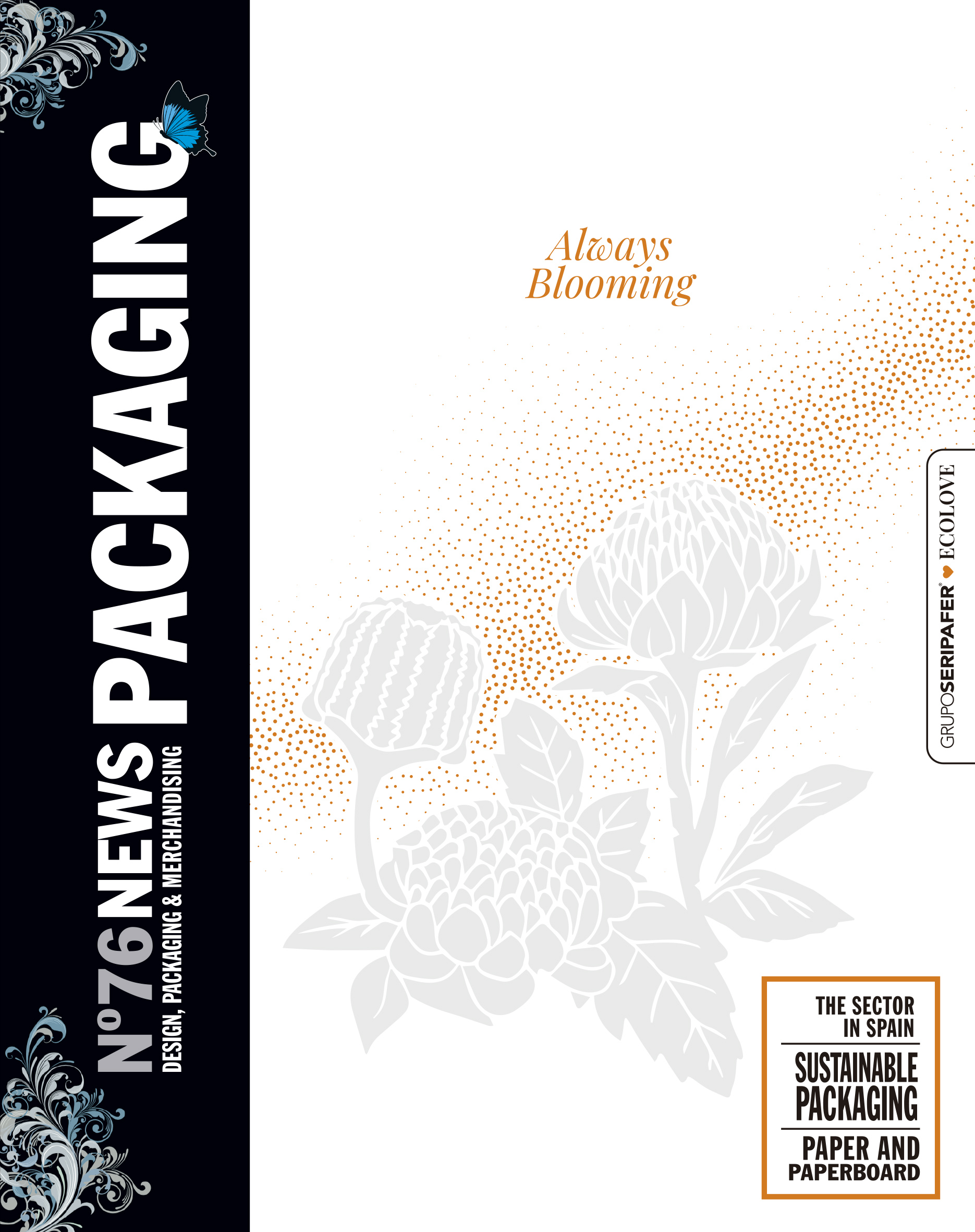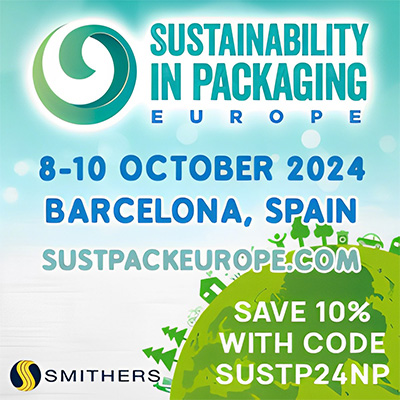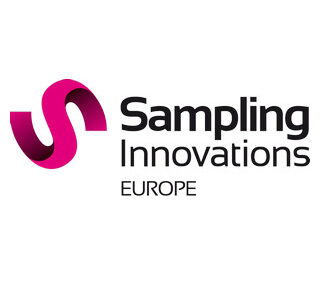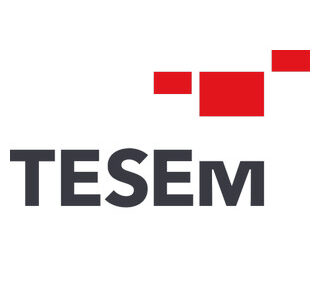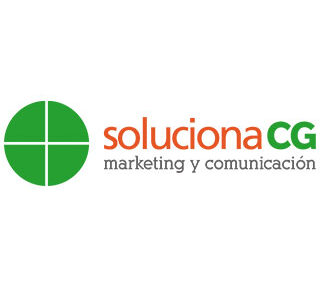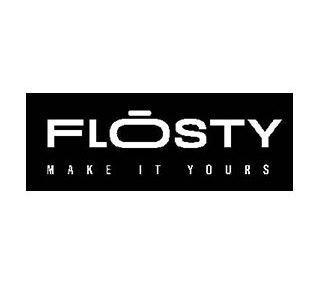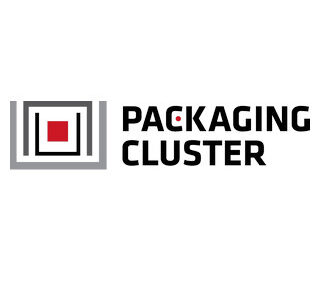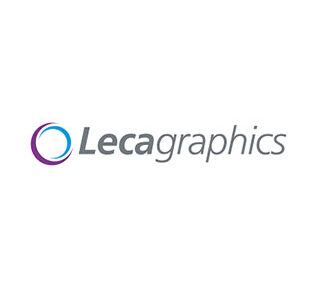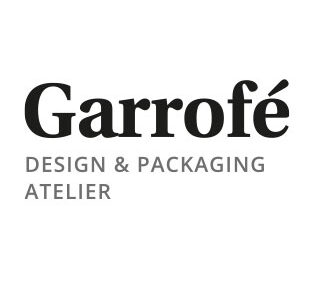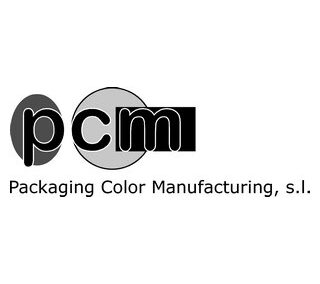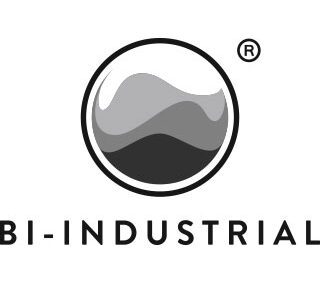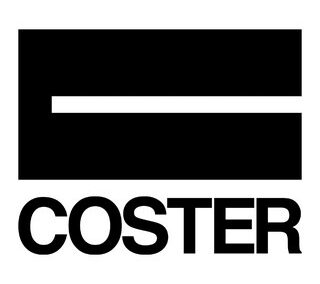The technology center ITENE has developed biotechnological processes for the valorization of waste and agri-food by-products (orange, pineapple and rice husk) to obtain organic acids, which can be used as additives in the food industry y cosmetology and as monomers in the production of biodegradable plastics for the sector container y packaging.
These findings reaffirm the potential of agri-food by-products from the Valencian Community to obtain high-value organic acids, validating their applicability in such relevant sectors as packaging and cosmetics.
These investigations have been achieved within the framework of the project ESSENTIAL 2023, funded by the Department of Innovation, Industry, Commerce and Tourism and the Smart Specialization Strategy of the Valencian Community S3-CV.
Specifically, the potential of various agri-food by-products for the generation of organic acids of industrial relevance has been evaluated. Specifically, pineapple skin, rice husk and orange peels were chosen due to their rich nutrient content, favoring the growth of fermentative bacteria and promoting innovation in biotechnological processes in the context of the circular economy.
Thus, within the framework of the ESSENTIAL project, advanced processes have been established for the valorization of agri-food by-products with the purpose of generating high quality organic acids, including the lactic acid and succinic acid. These acids not only find application in the sector of packing, but they also have relevance in the cosmetic industry. Specifically, lactic acid and succinic acid They serve as raw materials for the production of polylactic acid (PLA) and poly(butylene succinate) (PBS)respectively.
In this sense, the person responsible for the project at ITENE, Enrique Cubas, has detailed that “these materials emerge as essential in the packaging industry due to their biodegradable and compostable nature. Furthermore, its demand rises in the area of “green cosmetics", thanks to its beneficial properties that include exfoliating, antioxidant, antimicrobial and moisturizing action, consolidating itself as sustainable ingredients of great value."
Of the by-products examined, pineapple skin demonstrated exceptional performance, with lactic acid obtained close to 80%. On the other hand, rice husk stood out by achieving an approximate yield of 90% in the production of succinic acid.
The implementation of these processes in the industrial sector provides a series of notable strategic advantages. A significant improvement in the management and disposal of biowaste is highlighted, which translates into a direct reduction in associated costs. Furthermore, a decrease in expenses is observed in the manufacture of biopolymers by adopting hydrolysates of byproducts instead of conventional techniques.

